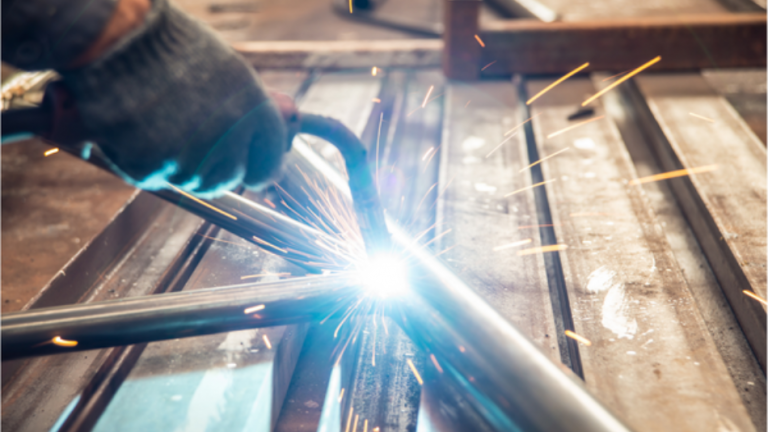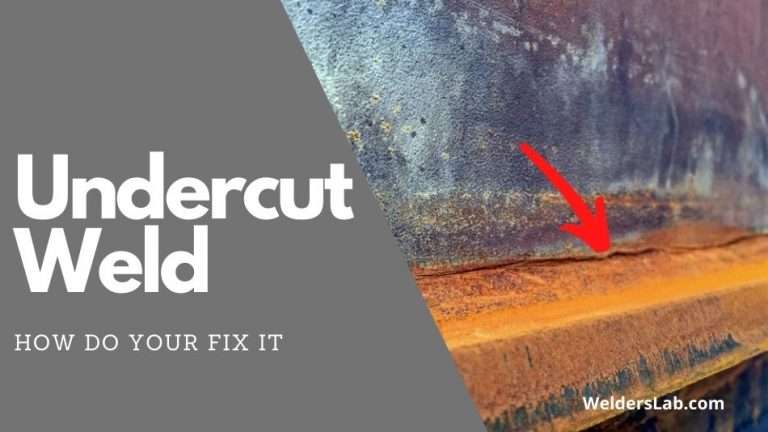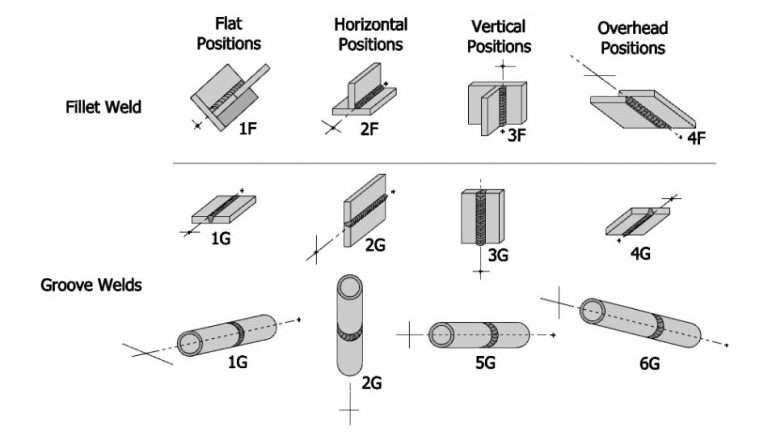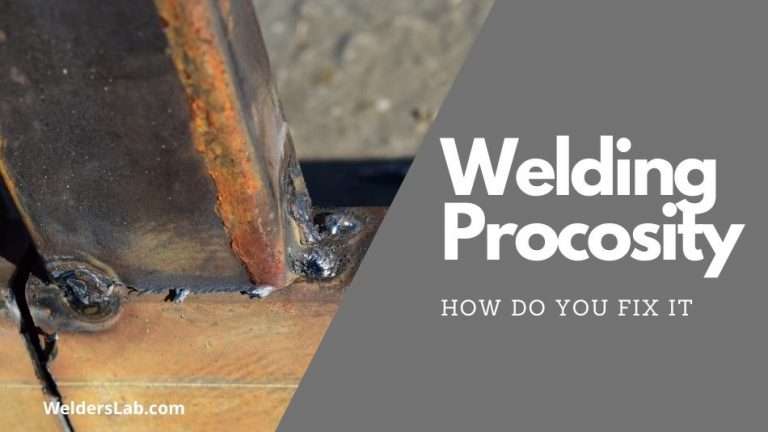What Is the Easiest Type of Welding to Learn as a Beginner
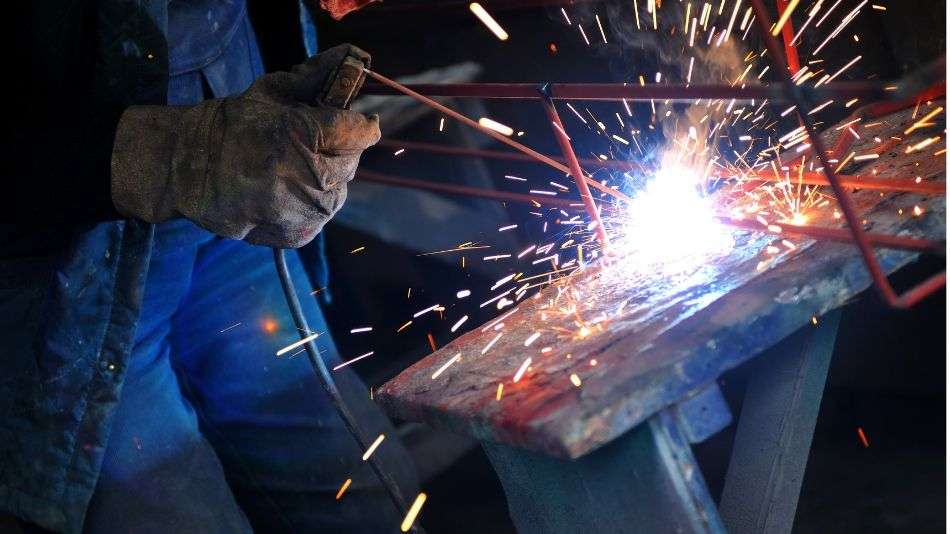
Several years ago when I was first learning how to weld I wondered what is the easiest type of welding to learn as a beginner. Since this was a big question for me when I was getting started I figured many of you would want to know a bit more about what I’ve learned.
So what is the easiest type of welding to learn? Of the 3 main options (MIG, TIG, and Stick) MIG tends to be the easiest since it allows you to preset all of your controls from the wire speed to how much shielding gas you use. It also gives a cleaner weld with no slag and lets you weld a wide variety of metal thicknesses.
However, different types of welding carry different purposes, which all depend on what you actually plan to weld in the first place. MIG is the easiest option to start with but there are several elements that play into what type of welding you want to learn.
3 Types of Welding
MIG, TIG, and Stick all have their place in the welding world based on what you’re trying to do. Below is a chart I put together to help you out.
#1 Stick Welding
Stick welding works great in the outdoors, so whether you’re welding a piece of farm machinery or a gate laying around your farm it does the job just fine.
Stick also tends to work better on rust or places where MIG and TIG will not. Stick also does great welding thicker metals as well.
On the downside, since stick works better outdoors and it’s not one that works great indoors since it produces more fumes and gases.
It also produces slag which will have to be chipped off after welding. Finally, stick welding is not a very clean welding process, so if you’re looking for nice clean weld you probably want to try one of the other two options.
#2 TIG Welding
TIG (Tungsten Inert Gas), on the other hand, is probably one of the cleanest types of welding since it doesn’t produce any splatter.
It also gives you a more precision weld allowing to weld very thin types of metal together. TIG works great in those situations where you need the weld to look great. Finally, TIG allows you to weld anything from steel, copper, to exotic metals like Titanium.
The problem with starting out as a beginner learning TIG is that you’ll have to control the heat, the shielding gas, and the filler metal as you lay the bead.
It can be one of the hardest types of welding to learn. TIG welding requires you to use both hands as you weld and if you’ve never welded before this can very tricky and is why I recommend starting with MIG first.
#3 MIG Welding
MIG (Metal Inter Gas) welding is the most common type of welding which uses a shielding gas process that feeds a consumable wire and gas through a welding gun.
The great thing about this is that you can preset the speed of your wire and amount of gas used as you pull the trigger on the gun. This gives you the ability to concentrate on making a better weld without having to think about how much filler, gas, or heat should be applied.
However, there are still some downsides with MIG welding. First, it will produce some splatter as you weld and won’t be as clean as TIG welding.
Also as simple as the MIG process is its still not a set and forget type of welding. You’ll still need to adjust your welder according to the type and thickness of your metal. Having your welder set to cold and you won’t penetrate deep enough in the metal, weld too hot and you’ll melt through the metal.
Why Isn’t Stick Welding the Easiest
I wanted to take this moment and add one caveat. Some of you might be thinking stick welding is far easier than MIG welding. With stick welding, you only need a welder, welding rods, and something to weld. Other than that all you need to do is set your voltage.
Stick does not use any gas but rather something called flux which is coated around the rod and acts just like a shield gas to protect the weld.
Stick welding can also teach you a lot about penetration. Without a good penetration into your metal, the weld will likely crack and break apart. With stick welding, it burns hot and penetrates a lot easier than MIG.
So why did I choose wire over stick welding? Because it is the most commonly used type of welding done in factors and weld shops. Don’t believe me.
I know several weld shops in my local area not including the one I’ve owned and operated for the last 10 years and all of them use MIG. MIG is also easier for shops and factories to control so they get the same welds time after time.
However, this doesn’t mean you shouldn’t try stick welding though. If it’s the only option you have start there and move on to MIG when you can.
What About Oxy Acetalyne Welding
One type of welding I didn’t cover at all is Ocy Acetalyne Welding. This is the process of using a mixture of oxygen and Acetalyn that produces a flame using a torch unit. The Acetalyn portion of the gas is the fuel for the flame while the oxygen is what determines how hot the flame will get.
The reason I didn’t cover this type is that it’s not a very commonly used type of welding especially when it comes to manufacturing.
This type of welding is also very tricky to learn as a beginner. Similar to TIG welding you’ll need to use both hands to regulate your heat and control the filler metal as you lay the bead
Once you master other forms of welding this can be an option but it’s definitely a much more advanced form of welding for beginners.
What if I Don’t Have a Welder
If you don’t have a welder to start learning I want to share a few options with you. In my case, my father had a welder since he used it a lot around the farm but you may not have that option. So here are a couple of ideas.
- Talk to a Friend or a Neighbor. You’d be surprised at how many people have a welder. Talk to your friends and neighbors and tell them you’re looking to learn the skills of the trade.
- Get a Part-Time Job. Second, find a part-time job at a local weld shop. You may not be able to get a job as a welder but a lot of times they may have someone that might be able to teach you after hours.
- Buy a Welder. Finally, you could just buy a welder. A lot of times you can buy a 110v welder for less than $500 or less.
Where Should I Weld At
One quick note I want to make is where the best place is to weld. Welding will produce sparks and flames so it’s extremely important that you weld in a place that isn’t flammable such as an old garage or shed with a concrete floor.
You also don’t want to weld with anything flammable around you like a trash barrel, old rags, or paint cans. I’ve seen several situations where people were not paying attention to what’s around them and before they knew it they had a fire on their hands.
What Should I Weld My First Time
Finally, as your getting started you might be wondering what should I weld starting out. To start just get a piece of flat metal and work on just laying a flat bead.
If you can’t lay a quality bead it isn’t worth trying to weld any other type of weld joint. Once you can get a weld to look like the one in the picture to the right you’re ready to start learning some of the other weld joints.
Related Questions
What’s the easiest welder to learn? There are several different brands of welders out there but as a beginner just stick to a welder without all the fancy controls. A simple 110v MIG welder, like this one, that allows you to control just your voltage and wire speed is plenty good.
What are the easiest types of welds to learn? Once you’ve mastered laying a bead you can move on to weld other types of weld joints like a T weld, a butt weld, a lap weld, or an edge weld. Then there are other types of welds such as vertical down or an overhead weld.
What kind of equipment should I have? Finally, to get started you will need some basic equipment from a welding helmet to protect your face and eyes, welding gloves to protect your hand, and welding vest to protect your chest.

